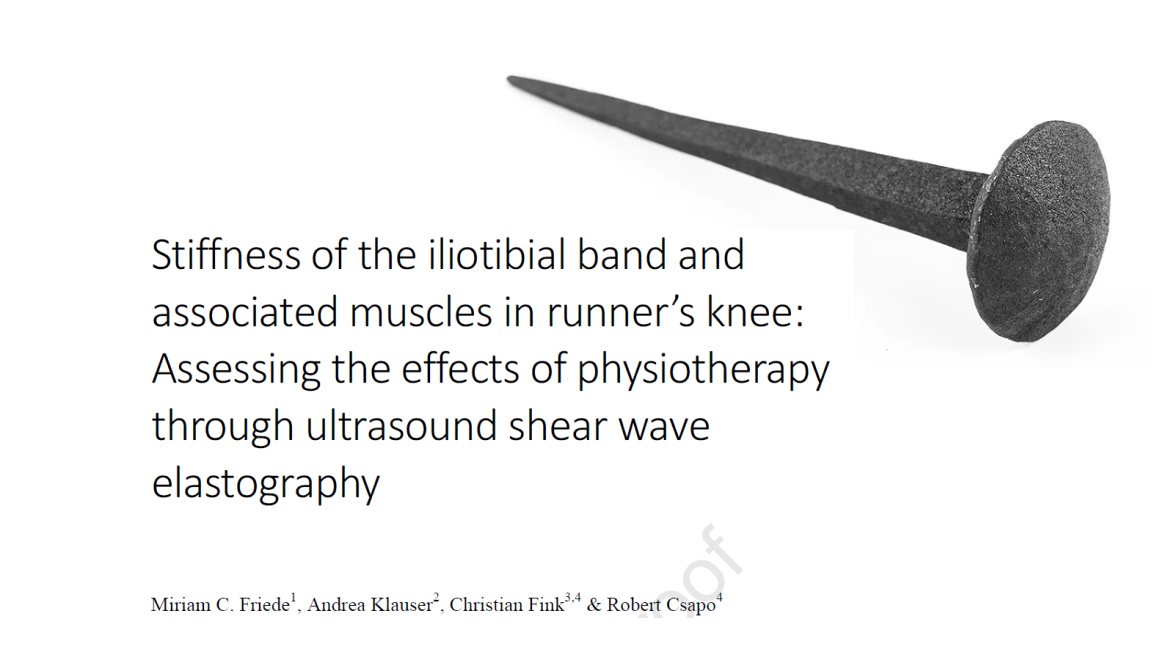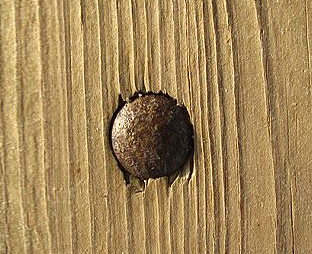 The nail in the coffin for the "Ober test" and "Modified Ober test" for Iliotibial Band Syndrom (ITBS)
The nail in the coffin for the "Ober test" and "Modified Ober test" for Iliotibial Band Syndrom (ITBS)
@Retlouping @rwilly2003 @tomgoom @KThorborg @DerekGriffin86 @AdamMeakins
Claims:
1: The aim of the Ober test and the Modified Ober test is to assess the ITB.
2: The Ober test and Modified Ober test claims to assess ITB tightness
1: The aim of the Ober test and the Modified Ober test is to assess the ITB.
2: The Ober test and Modified Ober test claims to assess ITB tightness
Let me present the coffin 
In the paper by Willett et al., 2016, they tested whether the ITB limits hip adduction during the Ober test and Modified Ober test. One would expect an INCREASE in hip adduction if the ITB was to be cut.
https://pubmed.ncbi.nlm.nih.gov/26755689/

In the paper by Willett et al., 2016, they tested whether the ITB limits hip adduction during the Ober test and Modified Ober test. One would expect an INCREASE in hip adduction if the ITB was to be cut.
https://pubmed.ncbi.nlm.nih.gov/26755689/
This was exactly what the researches did. They placed cadavers in the Ober test and the Modified Ober test position, measured the degree of hip adduction, cut the ITB, then re-measured. They found a  NON-significant
NON-significant  increase in hip adduction on either test when ITB was cut.
increase in hip adduction on either test when ITB was cut.
 NON-significant
NON-significant  increase in hip adduction on either test when ITB was cut.
increase in hip adduction on either test when ITB was cut.
On the other hand, they found a  statistically significant
statistically significant increase in hip adduction when GMed/GMin was cut, and when the hip capsule was cut.
increase in hip adduction when GMed/GMin was cut, and when the hip capsule was cut.
 statistically significant
statistically significant increase in hip adduction when GMed/GMin was cut, and when the hip capsule was cut.
increase in hip adduction when GMed/GMin was cut, and when the hip capsule was cut.
Claim 1 = 
The 2 tests do not assess the ITB but in fact structures proximal to the ITB, such as GMed, GMin, and the hip capsule. What's more, the ITB does not limit hip adduction to a significant degree when placed in the Ober test or the Modified Ober test.

The 2 tests do not assess the ITB but in fact structures proximal to the ITB, such as GMed, GMin, and the hip capsule. What's more, the ITB does not limit hip adduction to a significant degree when placed in the Ober test or the Modified Ober test.
Let me present the nail (damn it, no nail emoji...)
In the paper by Friede et al., 2020, they tested whether ITBS is caused by ITB tightness, and looked at the impact of 6 weeks of physiotherapy on ITBS stiffness.
https://www.sciencedirect.com/science/article/abs/pii/S1466853X20304740
In the paper by Friede et al., 2020, they tested whether ITBS is caused by ITB tightness, and looked at the impact of 6 weeks of physiotherapy on ITBS stiffness.
https://www.sciencedirect.com/science/article/abs/pii/S1466853X20304740
Claim 2 = 
What they found was:
1. There is NO increased ITB tension is the affected leg compared to the non-affected leg.
2. Runners with ITBS do NOT have increased tightness in their affected compared to healthy controls.

What they found was:
1. There is NO increased ITB tension is the affected leg compared to the non-affected leg.
2. Runners with ITBS do NOT have increased tightness in their affected compared to healthy controls.
The last finding and the most damning for the so-called "ITBS is caused by increased tightness of the ITB" was that after a 6-week intervention focusing on strengthening and DETONIZING of the ITB, the ITB-stiffness INCREASED!!!

 Read on Twitter
Read on Twitter




